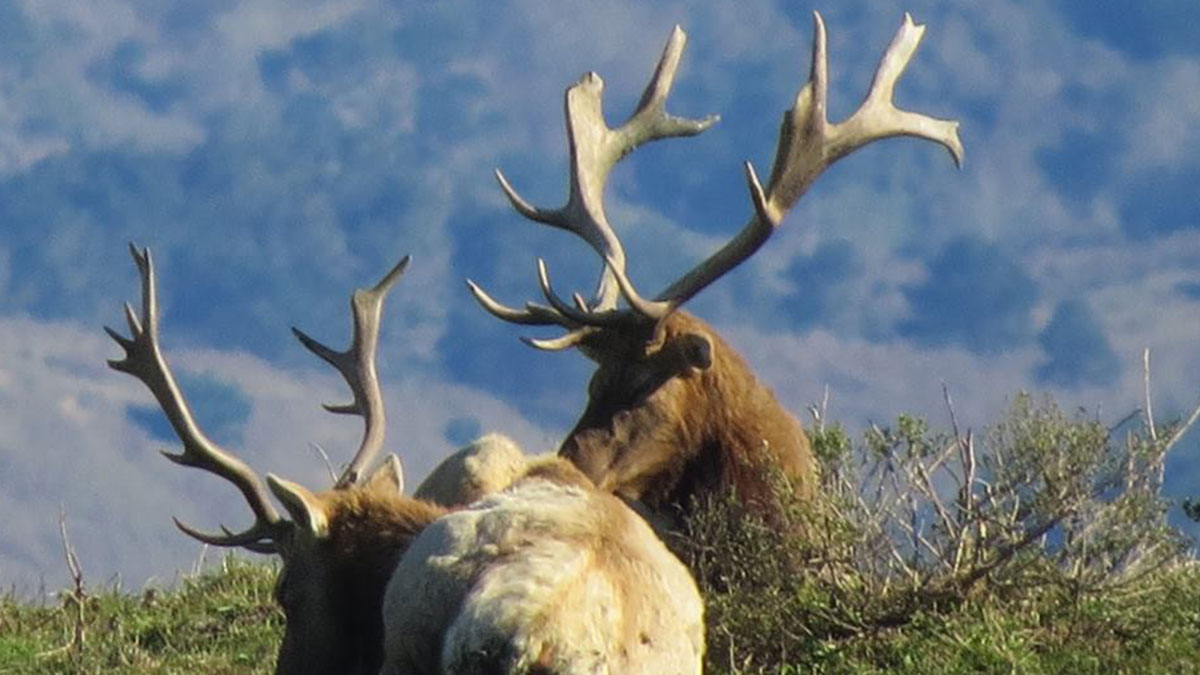A reader of the Ledger Dispatch in north-central California recent submitted this question:
Why does the California Department of Fish and Wildlife (CDFW) issue elk tags? Is it because herds get too large for the land to support them? What is the criteria? Are the animals ever relocated to other far away spots? (Allison H.)
Below is the published answer:
CDFW does manage elk populations that, for example, get too large or are having conflicts with existing land uses. But that is not the only reason CDFW recommends limited harvest of elk.
CDFW’s mission is to manage California‘s diverse fish, wildlife and plant resources, and the habitats upon which they depend, for their ecological values and for their use and enjoyment by the public.
“Too large” is a subjective descriptor, and there are always going to be differing opinions on how many elk are too many. Tags are issued in areas where a limited harvest is appropriate. Historically, the number of tags issued is low compared to the overall population. This allows for a limited harvest while still allowing the population to expand in most areas.
In some areas where the population is causing damage to property or the population is healthy but there is not a lot of room to expand, CDFW will approve a higher level of harvest to maintain the current conditions (this has been the case at Grizzly Island Wildlife Area). Some of the relocations have not been that far from the source population. In recent years, CDFW has augmented existing populations with elk relocated from restricted habitats that cannot expand. This is done in order to prevent elk populations from exceeding their carrying capacity and subsequent habitat destruction, and to assist with genetic diversity.
Go here for regulations, dates and other information about California’s elk hunt.
(Photo source: Dave Barry)
